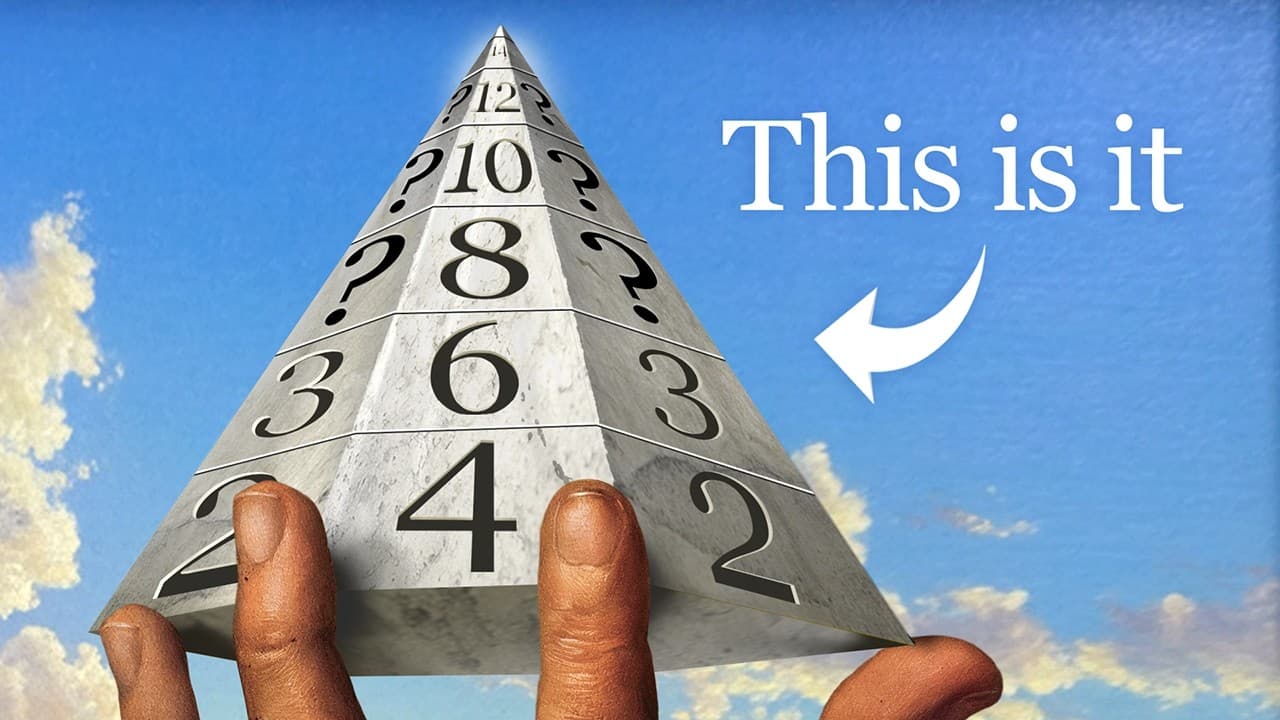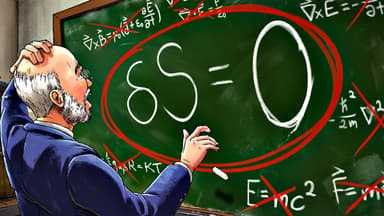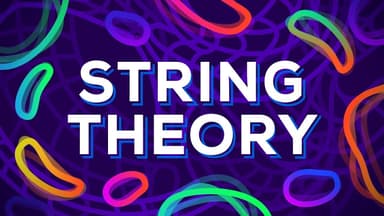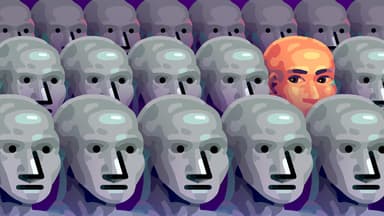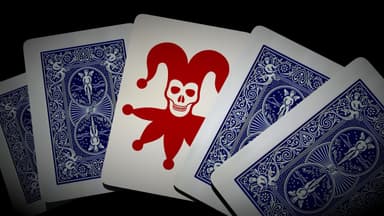The Obsession with an Unsolved Mathematical Mystery
I remember the chaos of that winter in 1954, hiding in a shelter amid air raid sirens and explosions, while a young mathematician named Chen Jingrun calmly read his math book, driven by a dream to crack one of history's greatest puzzles—a simple idea that has baffled geniuses for centuries, with stakes that could redefine our understanding of numbers.
TL;DR
I discovered Goldbach's conjecture as a childlike riddle, where every even number over 2 might sum from two primes, drawing me into a centuries-old chase full of elusive breakthroughs.
Early figures like Christian Goldbach and Leonhard Euler refined the idea, sparking intrigue as they linked it to prime sums, yet left the proof just out of reach, building tension toward potential failure or triumph.
Mathematicians like Hardy, Littlewood, and Ramanujan pushed forward with innovative methods, hinting at patterns in primes that teased solutions but revealed surprising challenges in verification.
Chen Jingrun's near-success amid personal turmoil showed the human cost, as political chaos nearly silenced his work, leaving me to wonder if true resolution might still slip away.
Harald Helfgott finally proved the weak version in 2013, offering insight into prime sums for odd numbers, yet the stronger claim remains unsolved, sparking curiosity about what hidden flaws or breakthroughs await.
As I delve into this story, it all began for me in the midst of war-torn Xiamen, where I pictured 21-year-old Chen Jingrun, unfazed by the artillery fire around him, absorbed in a math book chasing Goldbach's conjecture—the idea that every even number greater than 2 can be expressed as the sum of two primes. This problem, first scribbled in a letter by Christian Goldbach in 1742, seemed deceptively simple, yet it had stumped the likes of Euler, who refined it into strong and weak forms, declaring it certain but unprovable. The stakes were high; proving it could unlock deeper secrets of number theory, while failure might expose gaps in our mathematical foundations.
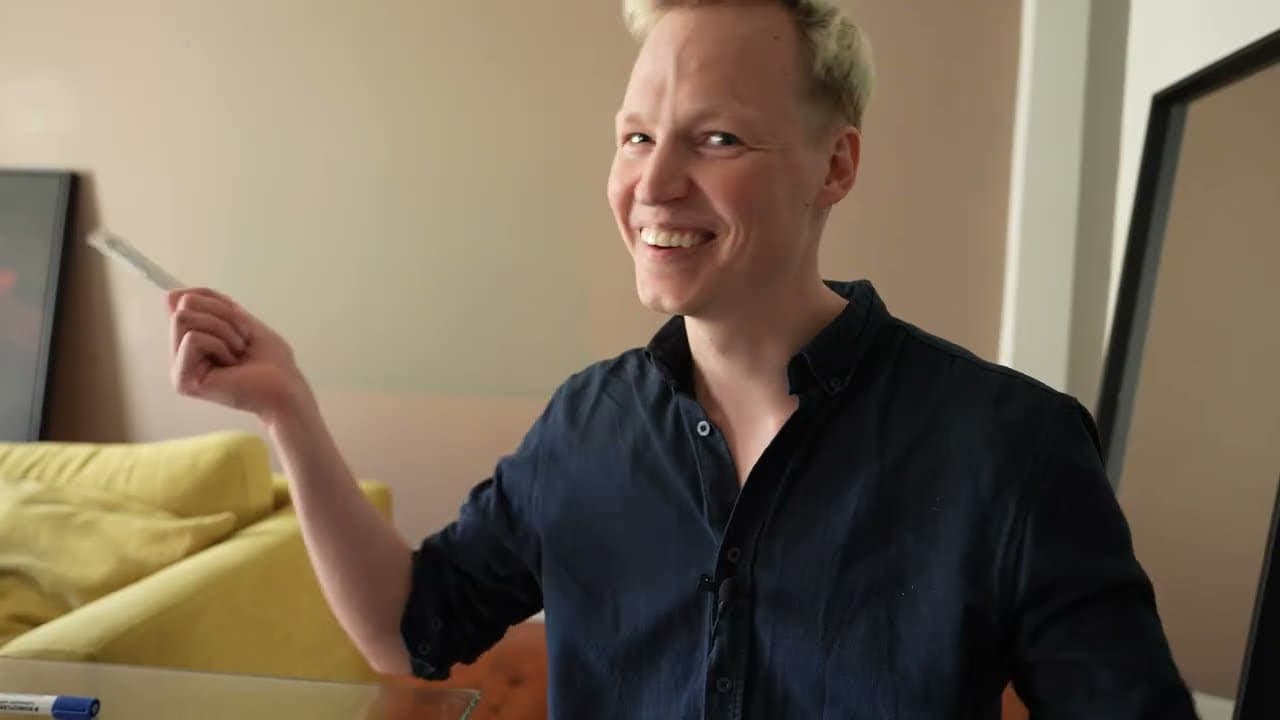
Goldbach's journey started with his meetings with mathematical giants like Leibniz and Newton, leading to his correspondence with Euler, who reformulated the conjecture into two parts: the strong one for even numbers and the weak for odd ones greater than 5. I found it fascinating how Euler believed the strong version implied the weak, yet neither could be proven, setting the stage for centuries of attempts. By 1900, Hilbert spotlighted it as a key problem, reigniting interest and shifting focus to counting prime sums, like how 20 can be 7 plus 13 or 3 plus 17.
Exploring Proofs and Key Figures
In the 1920s, Hardy and Littlewood used the prime number theorem to estimate these sums, creating a function that predicted more ways for larger numbers, though it was just an estimate, not a proof. I recall Ramanujan's mysterious arrival, a self-taught genius from India, whose intuitive theorems amazed Hardy and led to the circle method, a tool that analyzed prime behaviors collectively. This method became crucial for tackling the weak conjecture, showing how sums of three primes could work for odd numbers.
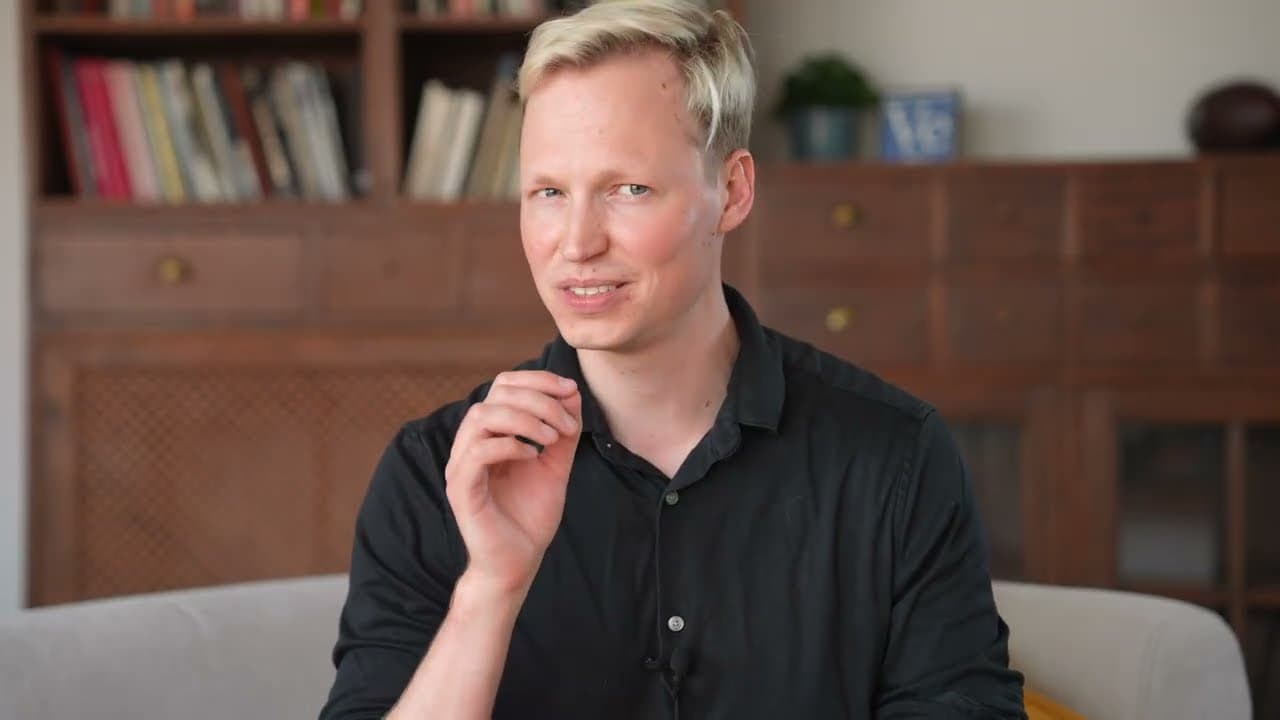
Vinogradov later proved the weak conjecture for large enough numbers without assumptions, and by 2013, Helfgott confirmed it fully, demonstrating every odd number over 5 as a sum of three primes. Yet, the strong version eluded them, as the circle method's errors overwhelmed the main terms for even numbers. Chen Jingrun came closest in 1966, showing large evens as a prime plus a semiprime, but political upheaval during China's Cultural Revolution nearly erased his efforts, forcing him to work in secret.
Despite these advances, computers have verified the conjecture up to immense numbers, revealing patterns like Goldbach's comet, where larger evens have more prime pairs, aligning with heuristic predictions. I often wonder if the conjecture's truth hides in some undiscovered method, or if a counterexample lurks in the vast unknowns of infinity. The human stories, from Ramanujan's struggles in England to Chen's resilience, remind me that mathematics is as much about perseverance as precision.
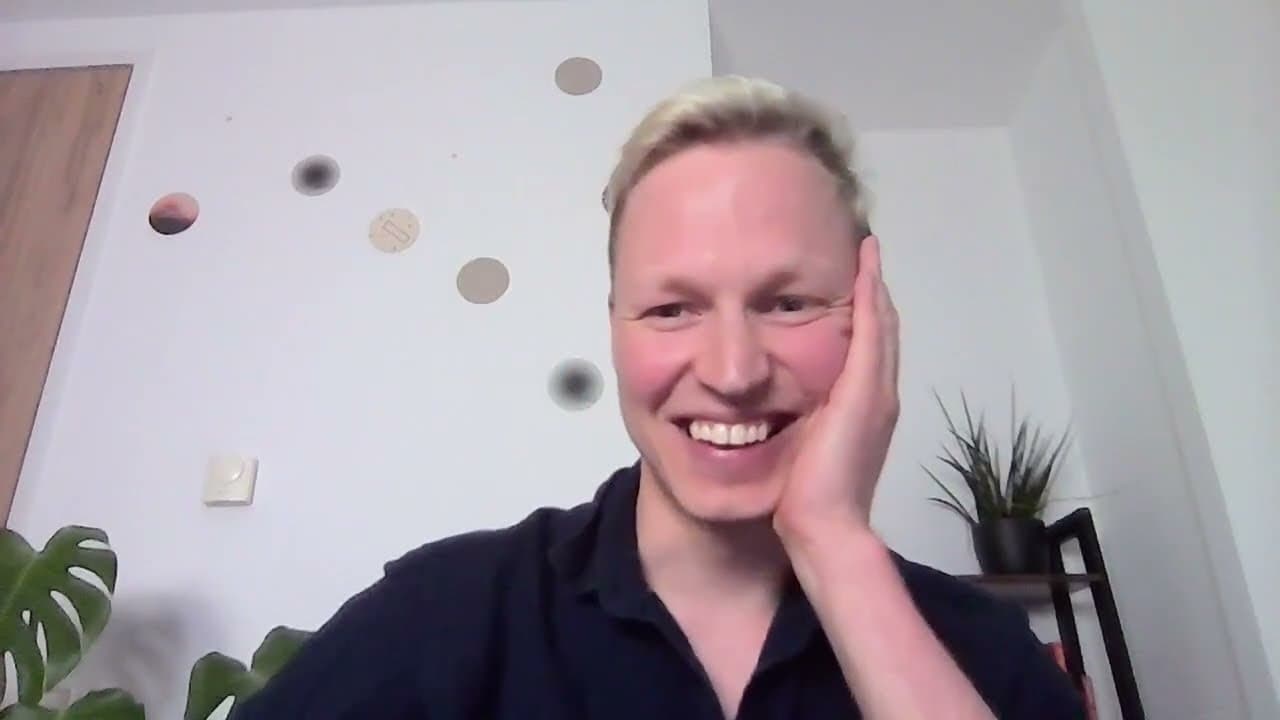
Through it all, the pursuit of Goldbach's conjecture has shown that passion drives discovery, even without immediate applications, leaving a legacy of inspiration for future mathematicians to build upon.
In reflecting on this journey, the unresolved strong conjecture highlights how some problems endure, pushing us to question the limits of proof and the beauty of numbers that continue to inspire new generations.
Key Takeaways
Goldbach's conjecture proposes that every even number greater than 2 is the sum of two primes, a simple idea with profound implications.
Key figures like Euler, Hardy, Littlewood, Ramanujan, and Helfgott advanced the field, proving the weak version but leaving the strong one unsolved.
Chen Jingrun's work demonstrated near-success amid personal and political challenges, underscoring the human element in mathematics.
Modern tools like computers have verified the conjecture for vast numbers, yet a full proof requires innovative approaches.
